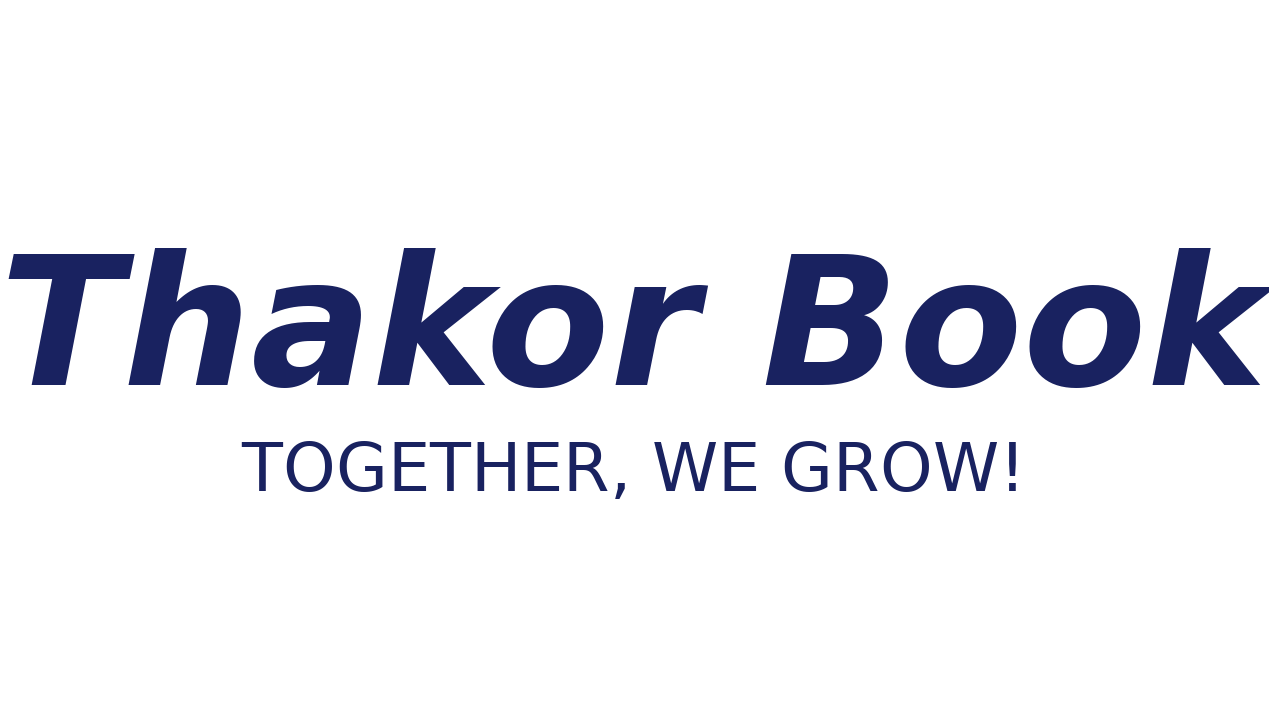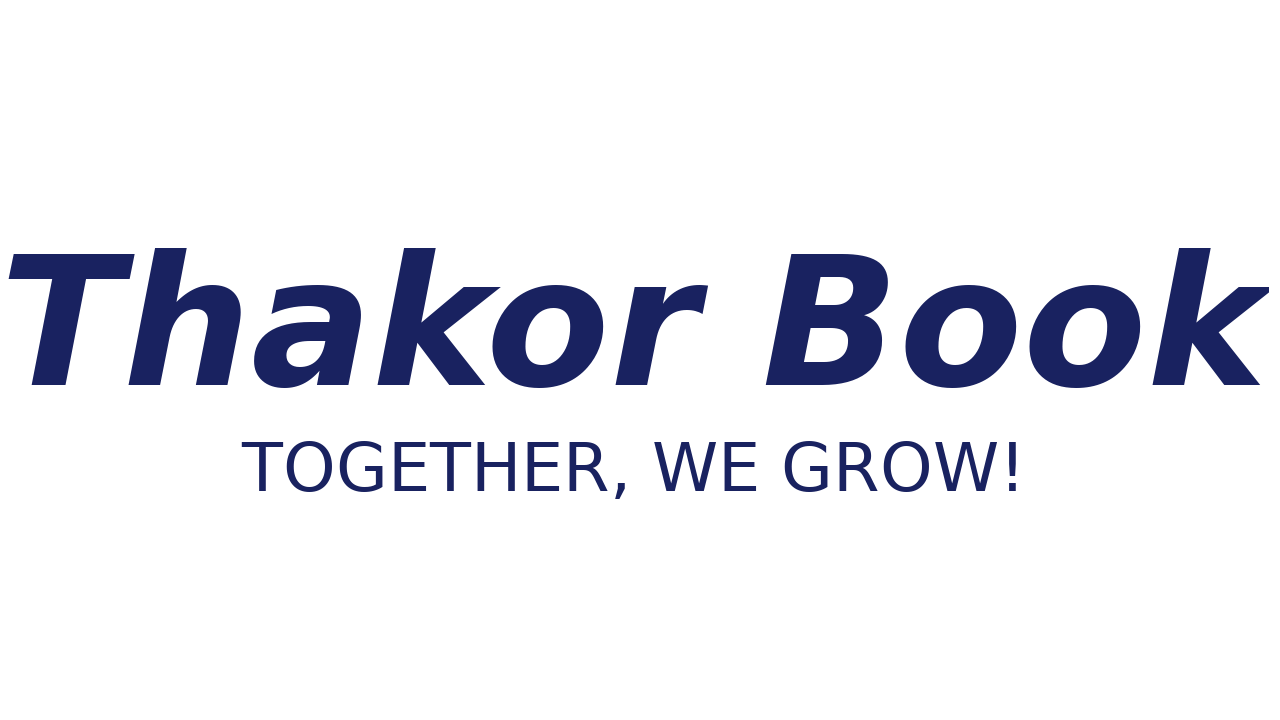Magnesium Oxide Board Market: Future Outlook and Key Opportunities Across Segments and Regions
The global construction sector is undergoing a major transformation, with a strong emphasis on sustainability, fire safety, and long-lasting building materials. Magnesium oxide (MgO) boards are increasingly being recognized as a versatile and eco-friendly alternative to traditional construction materials such as gypsum, cement boards, and plywood. Their combination of high durability, moisture and mold resistance, fire protection, and environmental benefits has positioned them as a preferred solution for residential, commercial, and industrial construction projects.
The magnesium oxide board market is witnessing steady growth as builders and developers seek materials that meet modern standards for performance and sustainability. MgO boards are widely used for walls, ceilings, floors, and exterior sheathing. Their lightweight design, ease of installation, and low maintenance make them highly attractive for large-scale construction and modular building solutions. In addition, their fire-retardant and acoustic insulation properties meet stringent safety and comfort requirements in urban and high-density environments.
A detailed magnesium oxide board segment outlook highlights the product’s strong adoption across multiple construction segments. Residential construction remains a dominant end-use segment, driven by growing housing demand in Asia-Pacific, North America, and Europe. MgO boards are particularly suited for modern homes, multi-story apartment complexes, and sustainable residential projects due to their thermal efficiency, mold resistance, and fire safety. Prefabricated and modular housing solutions are also increasingly utilizing MgO boards because of their lightweight and high-strength properties, enabling faster construction timelines and reduced labor costs.
In commercial construction, the boards are used in offices, hospitals, schools, and retail spaces, where fire safety and environmental compliance are critical. The flexibility and aesthetic finish of MgO boards allow for a variety of interior designs, making them suitable for premium construction projects. Industrial applications, including warehouses and factories, also represent a growing segment due to the boards’ resistance to high temperatures, humidity, and mechanical stress.
The market outlook for MgO boards is strongly supported by technological advancements. Manufacturers are improving board density, surface finish, and moisture resistance to meet evolving construction requirements. Advanced coatings, improved formulations, and precision manufacturing techniques are enabling boards to deliver enhanced durability, thermal insulation, and overall performance. These innovations are expanding the potential applications of MgO boards, driving adoption in both emerging and mature markets.
Regionally, Asia-Pacific leads the market due to rapid urbanization, industrialization, and large-scale government infrastructure projects. North America and Europe continue to grow steadily as sustainable construction practices and renovation projects gain traction. Emerging regions such as the Middle East, Latin America, and Africa are expected to see increased adoption as awareness of green building practices and infrastructure development expands.
In conclusion, the magnesium oxide board market is poised for robust growth across all segments. The segment outlook reveals significant opportunities in residential, commercial, and industrial applications, driven by sustainability, safety, and technological innovation. MgO boards are set to play a pivotal role in shaping modern construction standards, providing durable, eco-friendly, and high-performance solutions worldwide.
Browse More:
Closed Cell Polyurethane Foam Market Size
Conductive Fabric Market Growth
- Art
- Causes
- Crafts
- Dance
- Drinks
- Film
- Fitness
- Food
- Spellen
- Gardening
- Health
- Home
- Literature
- Music
- Networking
- Other
- Party
- Religion
- Shopping
- Sports
- Theater
- Wellness


